Solar Module Measurements
Categories: Engineering Lab EquipmentPhotovoltaic solar modules convert sunlight directly into electrical current and are therefore an ideal component for renewable energy supply. Typical solar modules from the field of photovoltaics are...
Product
Description
Photovoltaic solar modules convert sunlight directly into electrical current and are therefore an ideal component for renewable energy supply. Typical solar modules from the field of photovoltaics are made of several silicon solar cells connected in series.
The trainer contains two such solar modules. The inclination of the modules can be adjusted. Cables can be used to connect the two modules in series or in parallel. A slide resistor simulates varying loads. Thus the slide resistor makes it possible to record current-voltage curves.
The separate measuring amplifier provides displays for all relevant variables. Two power resistors in the measuring amplifier are used to expand the measuring range for measurements at low illuminance. Sensors on the solar module detect illuminance and temperature.
In order to ensure there is sufficient illuminance, the trainer should be operated with sunlight or the optionally available artificial light source.
Learning Objectives/Experiments
Physical behaviour of solar modules under a variety of effects
Illuminance
Temperature
Shading
Familiarisation with key parameters
Short-circuit current
Open-circuit voltage
Current at maximum output
Voltage at maximum output
Relationship between module inclination, illuminance, short-circuit current and electrical output
Recording a module’s current-voltage curve
Determining the efficiency
Connection types for the modules
Series connection
Parallel connection
How cells covered by shadow affect the current-voltage curves
Specification
Trainer for solar module measurements
2 pivoting solar modules on mobile frames
Series and parallel connection options
Slide resistor as variable load
2 power resistors for expanding the measuring range
Measuring amplifier with digital displays for current, voltage, illuminance and module temperature
Reference cell as illuminance sensor
Technical data
Module design
number of cells: 36
cell material: monocrystalline silicon
module area: 0,64m2
Typical module parameters under STC
(Standard Test Conditions)
max. output: 85W
short-circuit current: approx. 5,3A
open-circuit voltage: approx. 22V
Slide resistor: 0…10Ω
Two power resistors: 22Ω/50W
Measuring ranges
temperature: 0…100°C
voltage: 0…200V
current: 0…20A
illuminance: 0…3kW/m2
inclination: 0…90°
230V, 50Hz, 1 phase
230V, 60Hz, 1 phase
120V, 60Hz, 1 phase
UL/CSA optional
LxWxH: 1400x800x1490mm
Weight: approx. 93kg
quick overview :
Photovoltaic solar modules convert sunlight directly into electrical current and are therefore an ideal component for renewable energy supply. Typical solar modules from the field of photovoltaics are made of several silicon solar cells connected in series.
The trainer contains two such solar modules. The inclination of the modules can be adjusted. Cables can be used to connect the two modules in series or in parallel. A slide resistor simulates varying loads. Thus the slide resistor makes it possible to record current-voltage curves.
The separate measuring amplifier provides displays for all relevant variables. Two power resistors in the measuring amplifier are used to expand the measuring range for measurements at low illuminance. Sensors on the solar module detect illuminance and temperature.
In order to ensure there is sufficient illuminance, the trainer should be operated with sunlight or the optionally available artificial light source.
Learning Objectives/Experiments
Physical behaviour of solar modules under a variety of effects
Illuminance
Temperature
Shading
Familiarisation with key parameters
Short-circuit current
Open-circuit voltage
Current at maximum output
Voltage at maximum output
Relationship between module inclination, illuminance, short-circuit current and electrical output
Recording a module’s current-voltage curve
Determining the efficiency
Connection types for the modules
Series connection
Parallel connection
How cells covered by shadow affect the current-voltage curves
Specification
Trainer for solar module measurements
2 pivoting solar modules on mobile frames
Series and parallel connection options
Slide resistor as variable load
2 power resistors for expanding the measuring range
Measuring amplifier with digital displays for current, voltage, illuminance and module temperature
Reference cell as illuminance sensor
Technical data
Module design
number of cells: 36
cell material: monocrystalline silicon
module area: 0,64m2
Typical module parameters under STC
(Standard Test Conditions)
max. output: 85W
short-circuit current: approx. 5,3A
open-circuit voltage: approx. 22V
Slide resistor: 0…10Ω
Two power resistors: 22Ω/50W
Measuring ranges
temperature: 0…100°C
voltage: 0…200V
current: 0…20A
illuminance: 0…3kW/m2
inclination: 0…90°
230V, 50Hz, 1 phase
230V, 60Hz, 1 phase
120V, 60Hz, 1 phase
UL/CSA optional
LxWxH: 1400x800x1490mm
Weight: approx. 93kg
Product
Reviews
add Review
reviews
No Review Yet.
Copyrights © 2025 All Rights Reserved by Atico

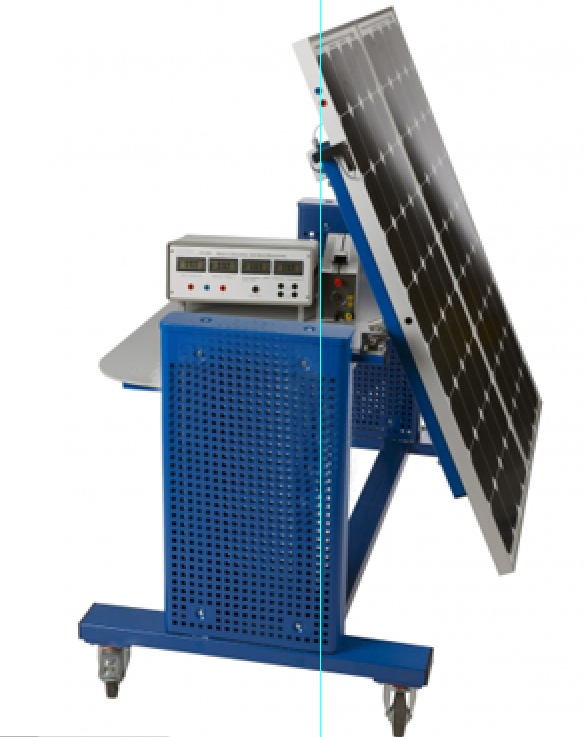






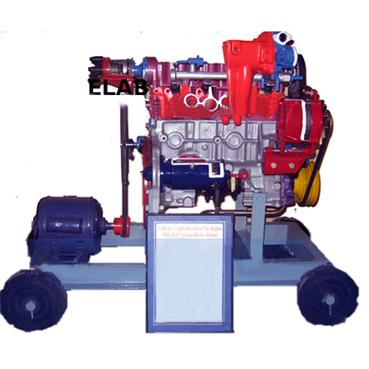
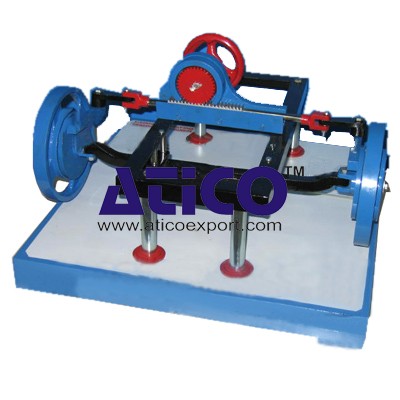


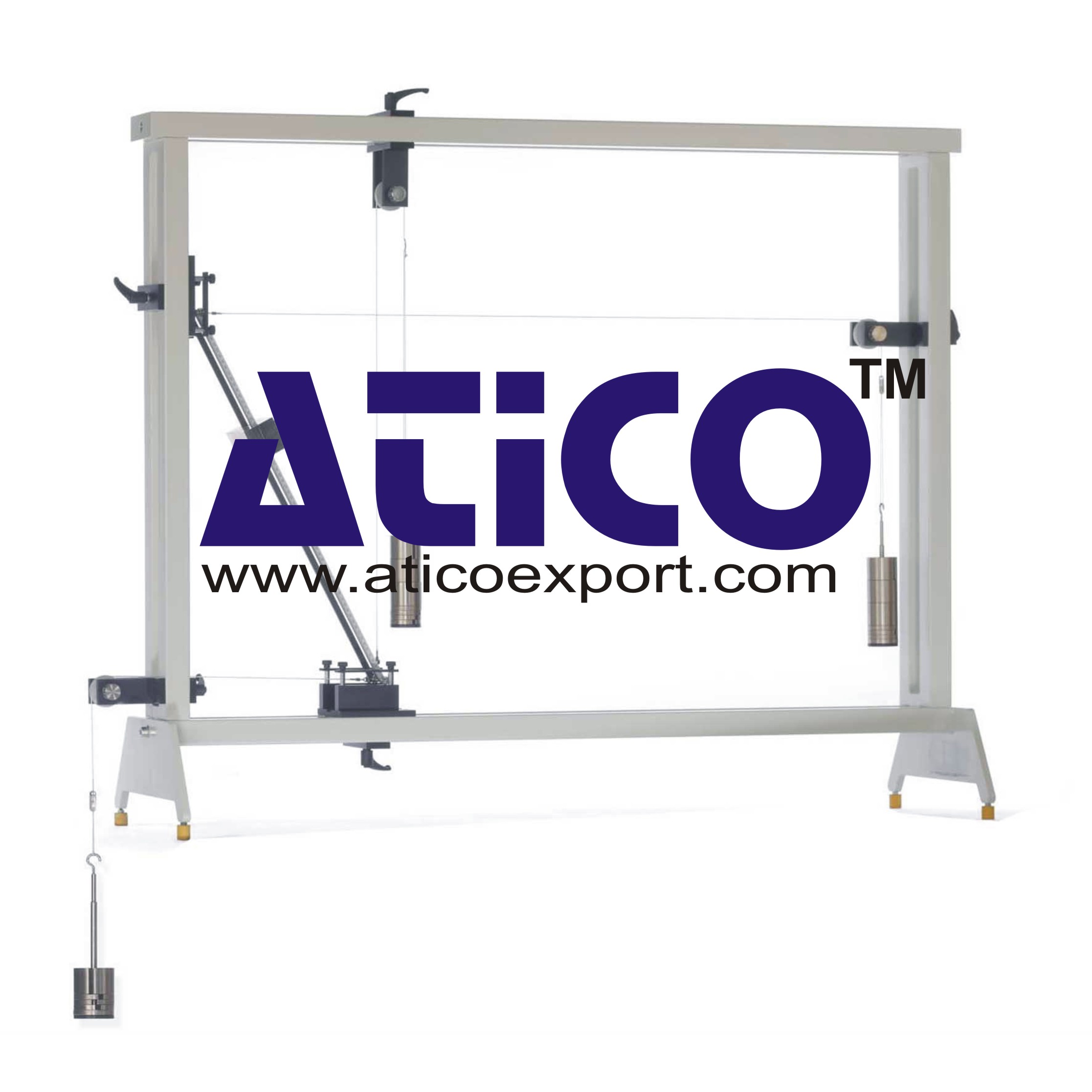
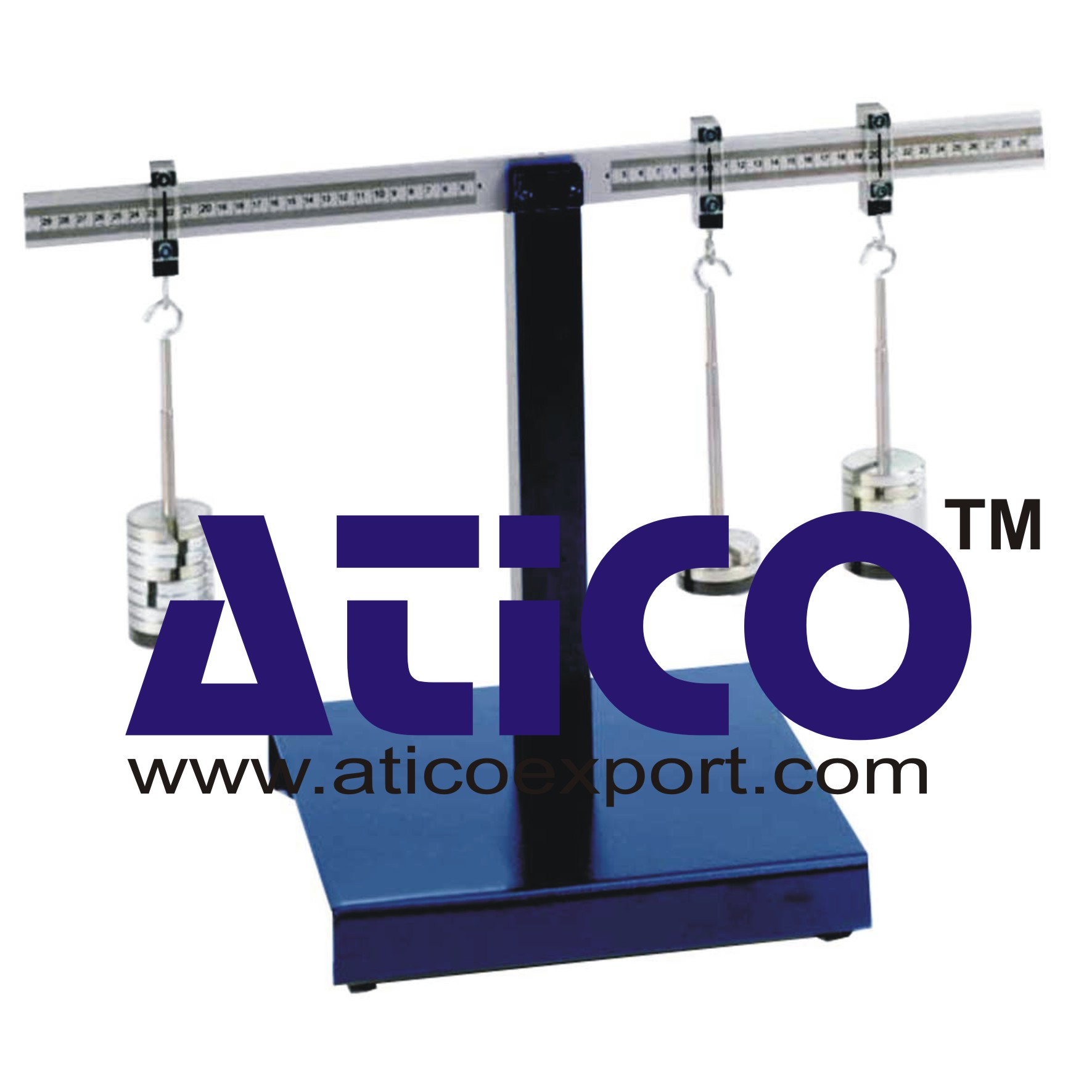
Product
Reviews
add Review
reviews
No Review Yet.